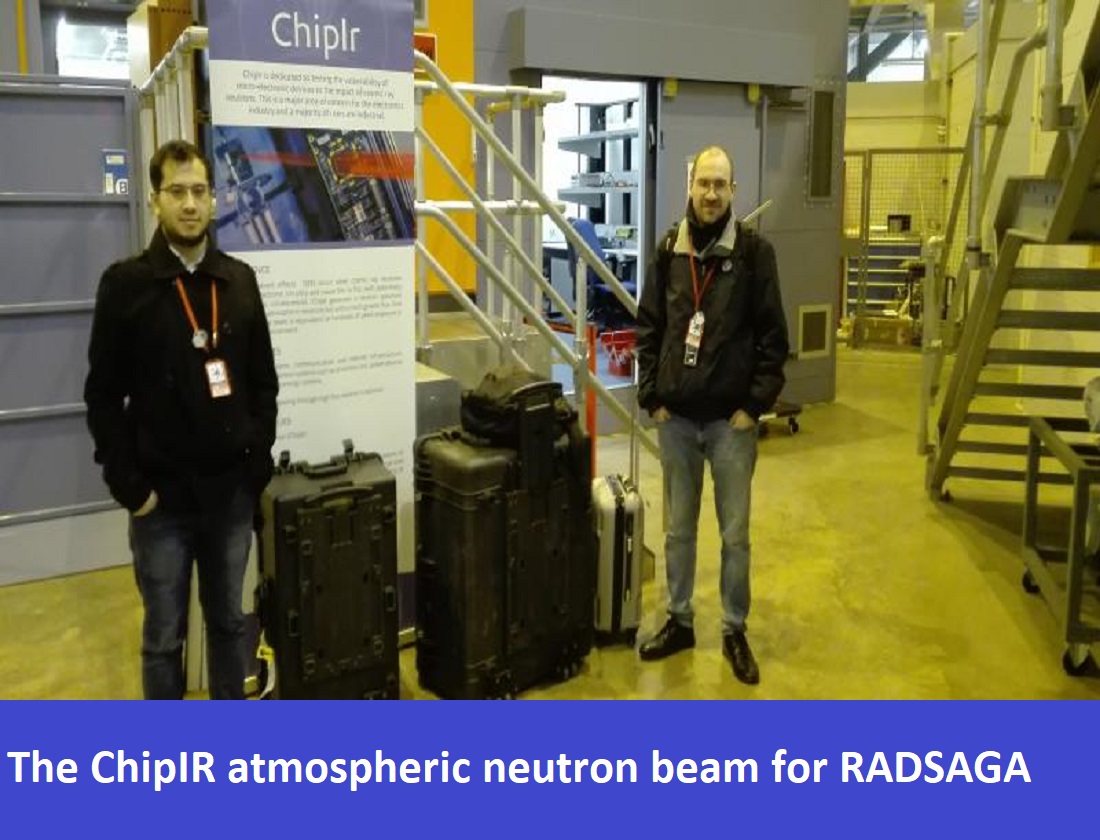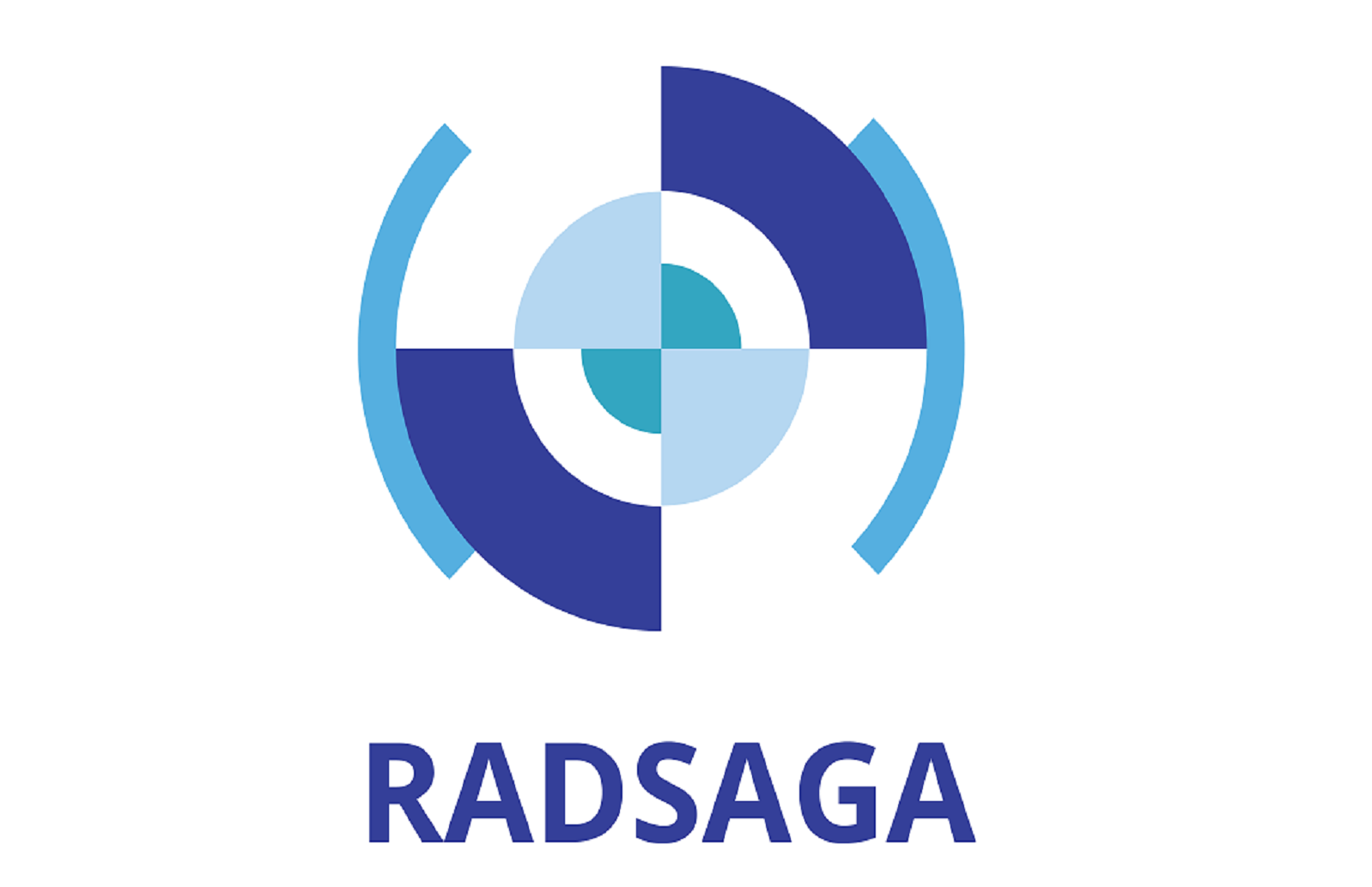The ChipIR atmospheric neutron beam for RADSAGA
On March 21st RADSAGA ESRs flew to the United Kingdom in search of an atmospheric neutron beam for irradiation testing of electronics. The Science Technology and Facilities Council (STFC) hosted a fruitful test campaign at the ISIS Neutron Source installation in the Harwell Campus.
The instrument for electronics irradiation at ISIS is called ChipIR. The beam provided by the facility comes from the spallation nuclear reactions of a primary proton beam with a target. The facility is only 14 meters far from the target. This allows electronics to receive a high neutron flux in the order of 5 millions neutrons per second per cm2. Since neutrons are released from spallation reactions, their energetic spectrum is very broad. It extends from thermal neutrons (25 meV) to 800 MeV, making for 11 orders of magnitude.
But, why are neutrons important?
Neutrons are the most prevalent particles in the terrestrial radiative environment. The way neutrons are produced in the Earth atmosphere is not very different from the way they are produced, on a much smaller scale, in the facility. In this case, the primary beam are the galactic cosmic rays (mainly protons and heavy ions) released during massive star explosions whose flux through the solar system is only moderated by the solar activity. In this case, the target is the entire atmosphere that surrounds the Earth's surface. The molecules making our dense atmosphere, to be precise. By interaction of these cosmic rays with the molecules, nuclear processes release a wide spectra of neutrons. Once neutrons are created, there's basically nothing stopping them, except other matter. Thus these neutrons interact with us as well as electronics installed in airplanes, trains, cars, computers, internet routers, etc. When these particles strikes electronics atoms they can cause stochastic effects affecting their functioning. This goes from a simple bit flipping inside a memory to a catastrophic and unrecoverable short circuit.
RADSAGA embraces the challenge brought us by neutrons by exploring for solutions and countermeasures to ensure availability and reliability of devices as potentially critical as those used in the aforementiones applications.
During the test campaign, Kimmo Niskanen (ESR7) irradiated a large set of commercial power MOSFETs and IGBT. These were mainly based on wide bandgap materials, such as GaN and SiC, whose use will help increase performances of electronic systems as well as mass and cost budget by operating the system at much higher voltage than what Silicon can currently achieve. Other than exploring the susceptibility of such technologies to SEB (Single Event Burnout), Kimmo also explored the different radiation responses of electrically aged devices as opposed to pristine devices. This was meant to assess reliability issues the components might show as they approach their end of life.
Israel Da Costa Lopes (ESR13) also joined the test campaign and irradiated in parallel a couple of different setups. These were full electronic boards whose main component was a SoC (System on Chip) programmed to manage also the other elements on the board. The two SoC tested are both commercially available and provided by Xilinx: Zynq, a 28nm technology, and UltraScale+, a 16nm FinFET technology. During the test it was possible to run applications on the two SoCs and evaluate their response under radiation for a cross-assessment. The main event of interest were SEU (Single Event Upset), i.e. single bit-flips in internal and external memory elements and system crashes. The latter is very similar to an operative system getting stuck on your computer and, as for your computer, requires a complete reboot to be recovered. Israel also tested the two boards with aged and pristine devices, finding out that sometimes aging can lead to a better radiation response. Finally, he also performed some lower level tests at component level in order to find ways to close the gap between the two opposed testing methodologies: component-level and system-level.
Andrea Coronetti (ESR15)
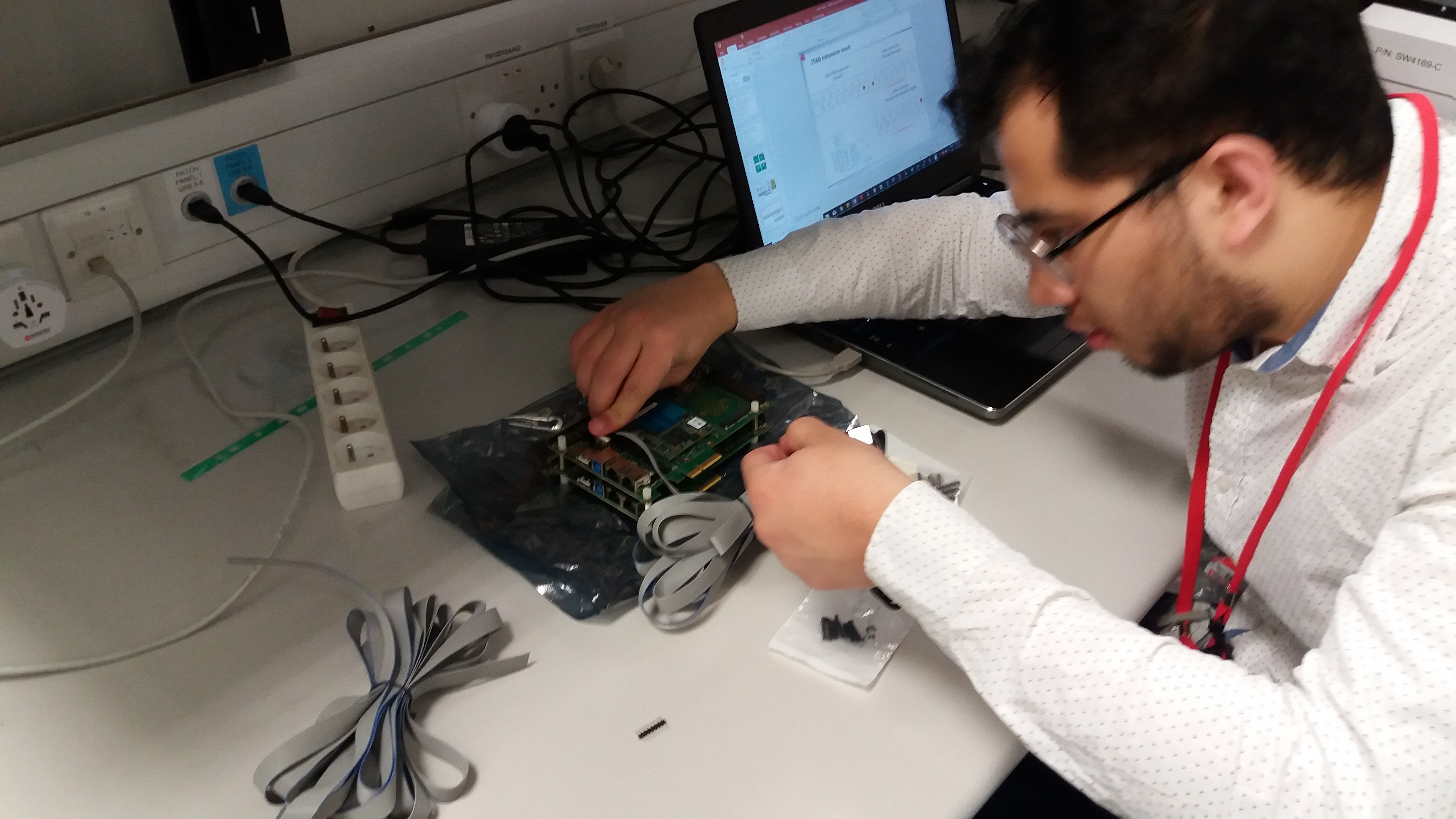
Israel Lopes (ESR13) preparing his setup during the dry-run (Credit: Andrea Coronetti).
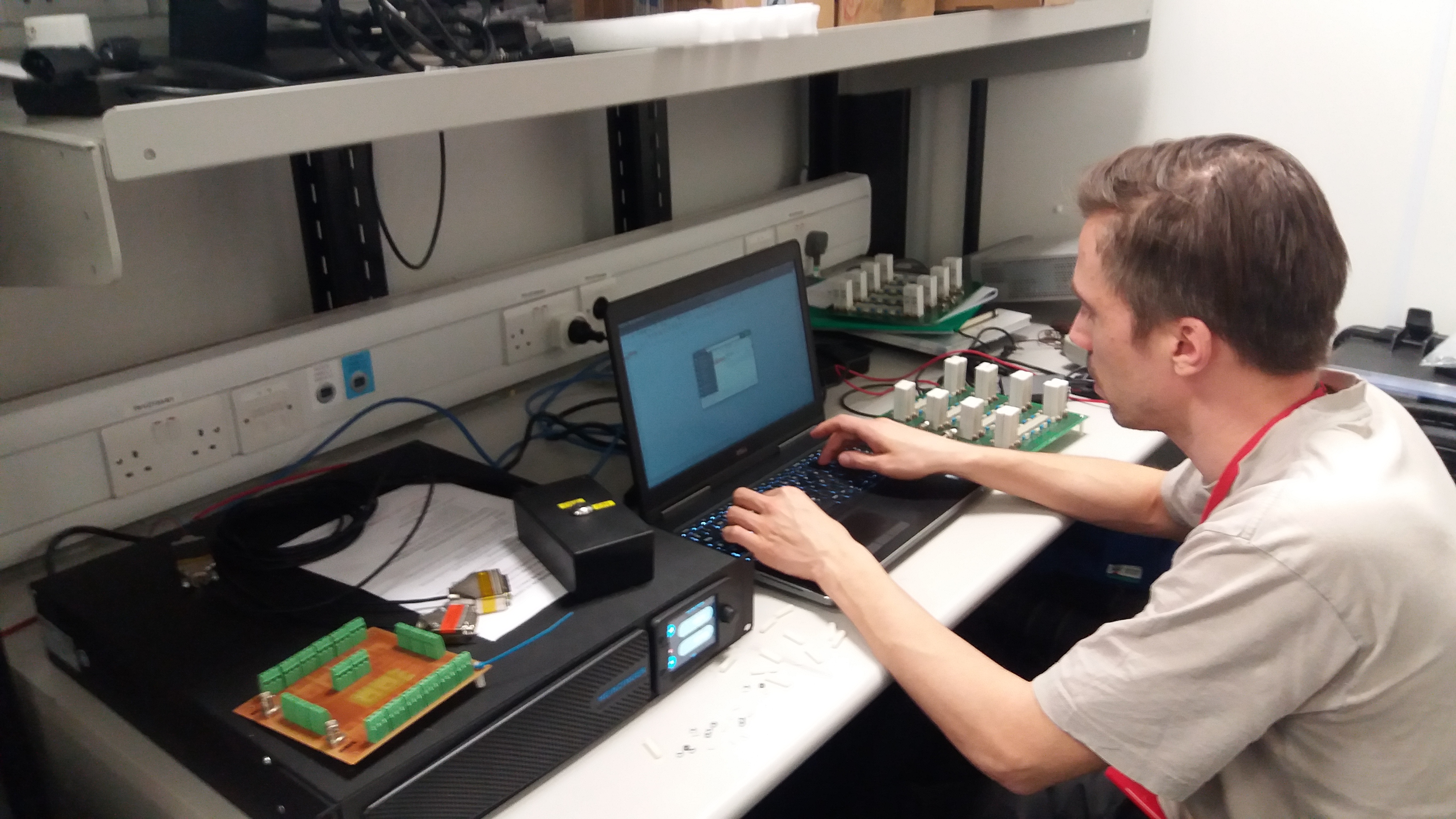
Kimmo Niskanen (ESR7) setting up the power supply for his test (Credit: Andrea Coronetti).
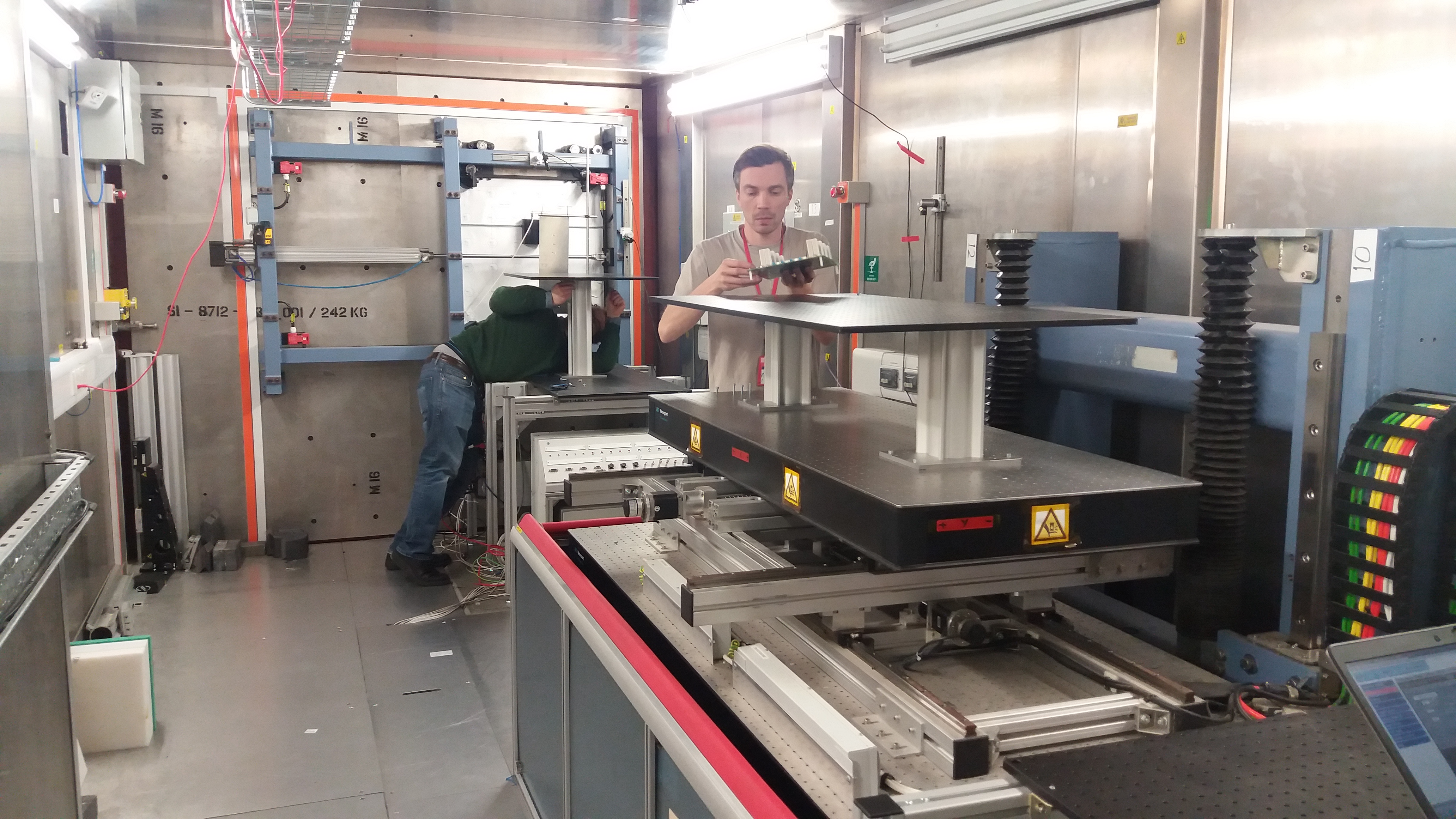
Kimmo Niskanen (ESR7) and Carlo Cazzaniga from ChipIR briefing the irradiation area and preparing the setups (Credit: Andrea Coronetti).
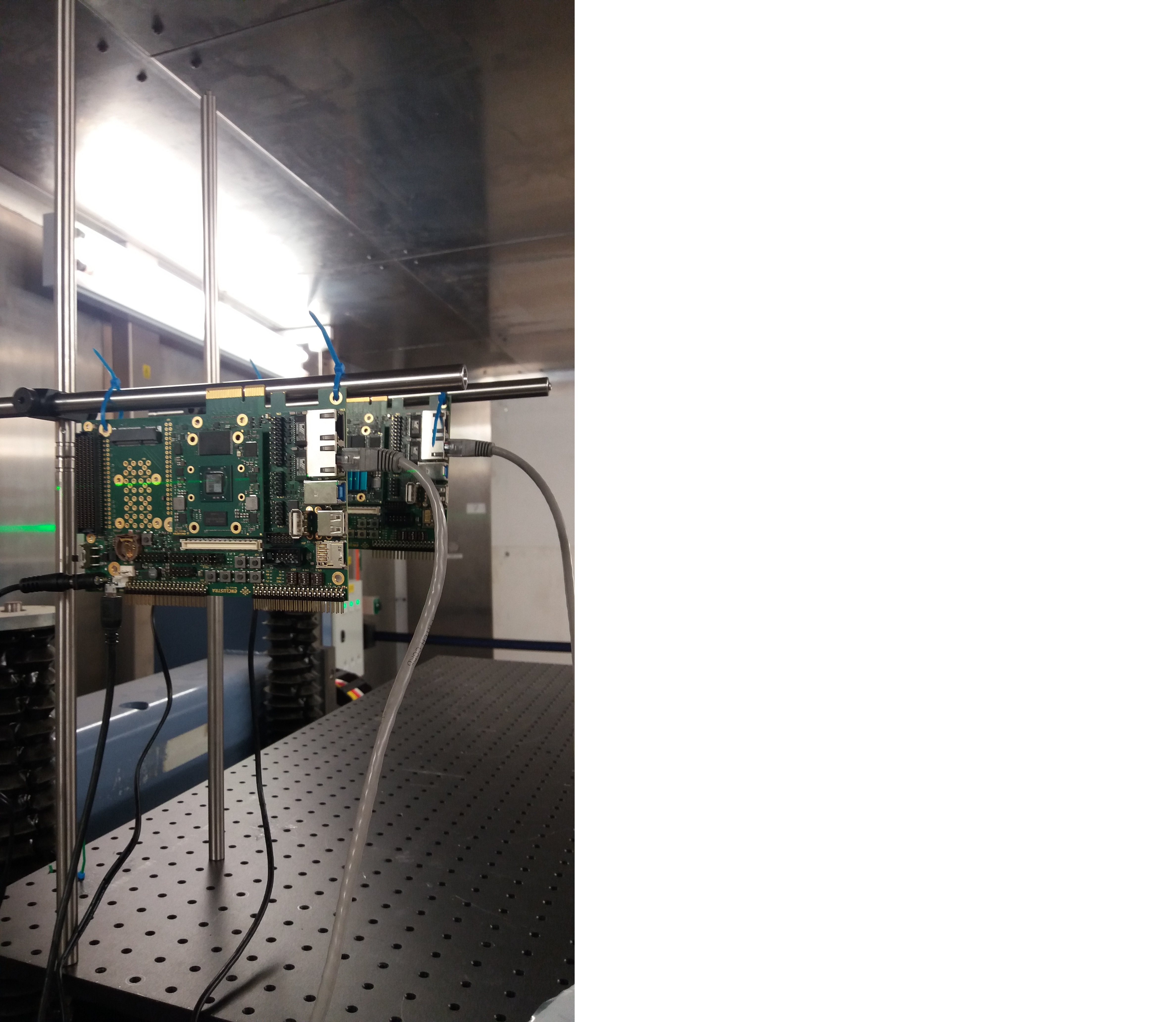
Boards holding SoCs from Israel stacked on the beamline (Credit: Andrea Coronetti).
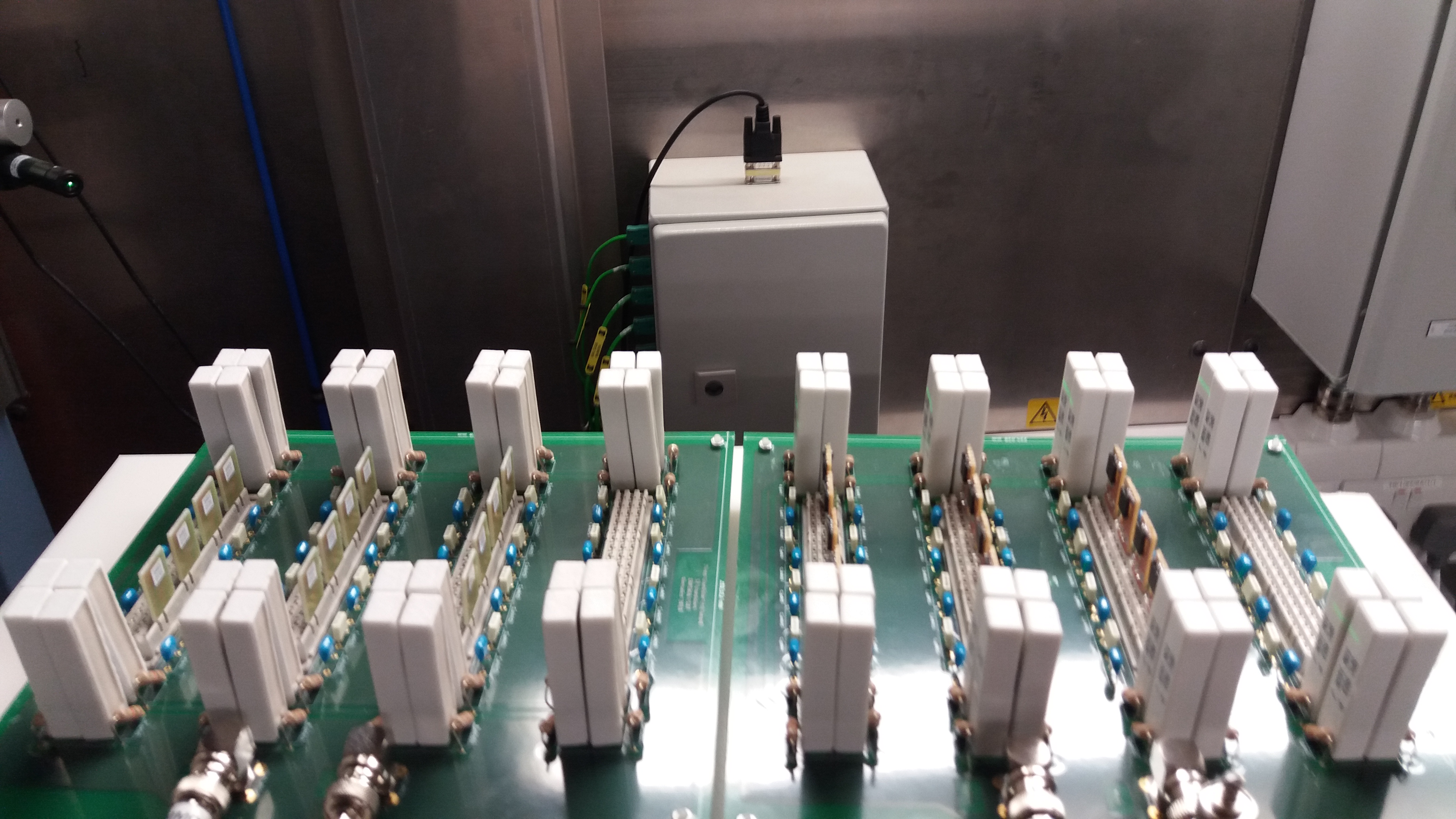
Boards holding GaN power MOSFETs from ESR7 in the beamline (Credit: Andrea Coronetti).
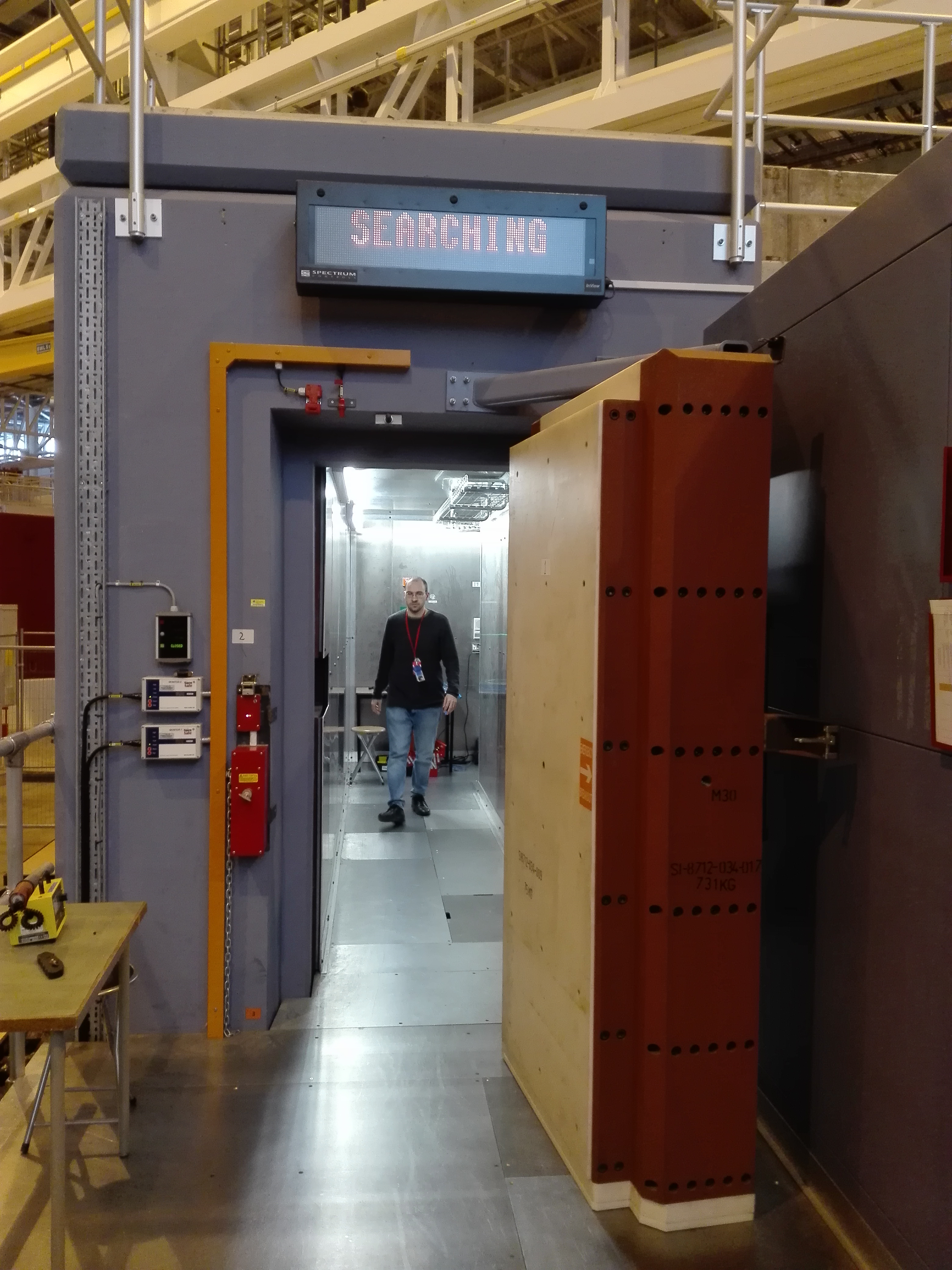
Andrea Coronetti (ESR15) searching the irradiation area before beam start (Credit: Kimmo Niskanen).
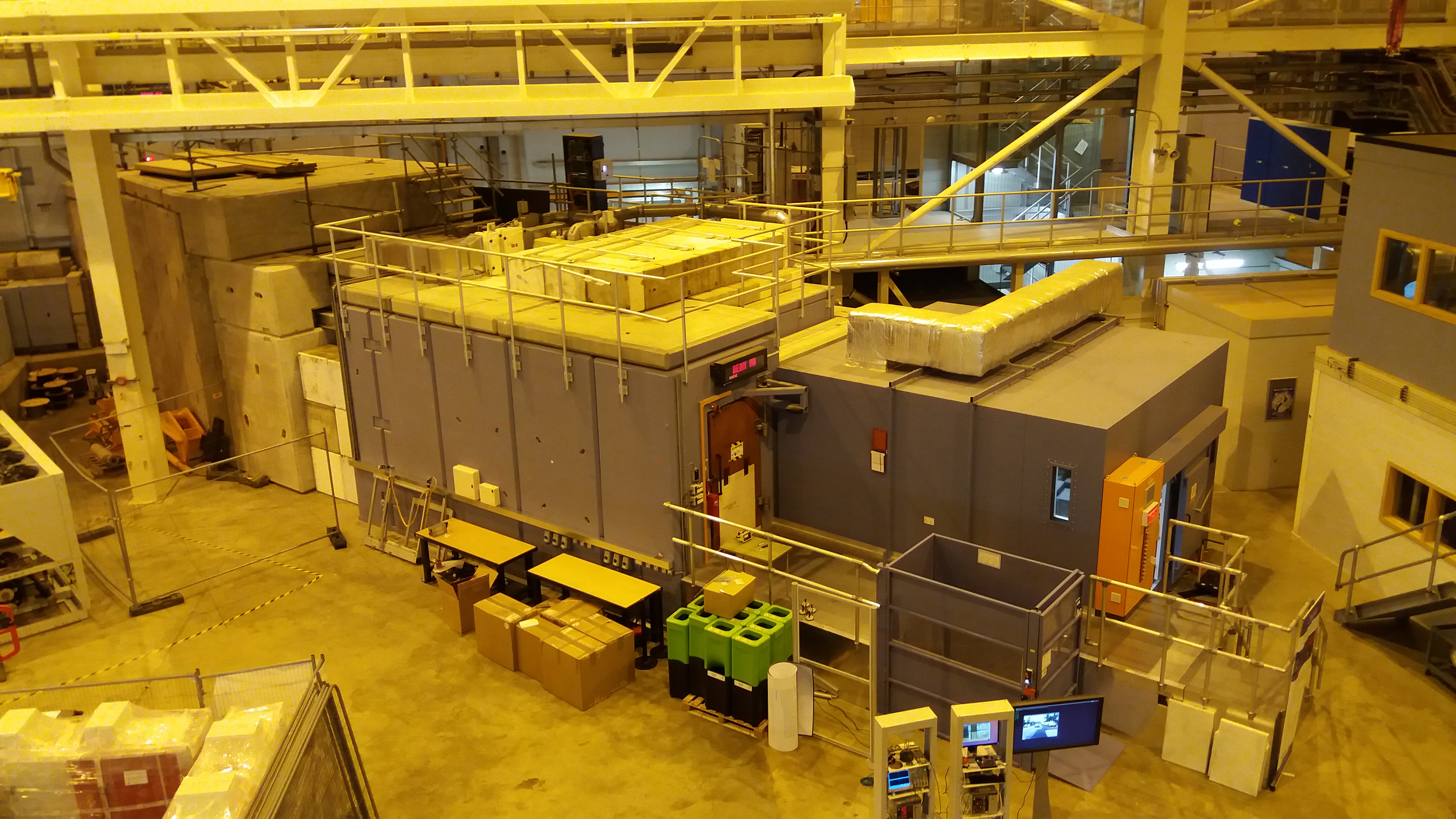
The ChipIR facility during the night shift (Credit: Andrea Coronetti).
